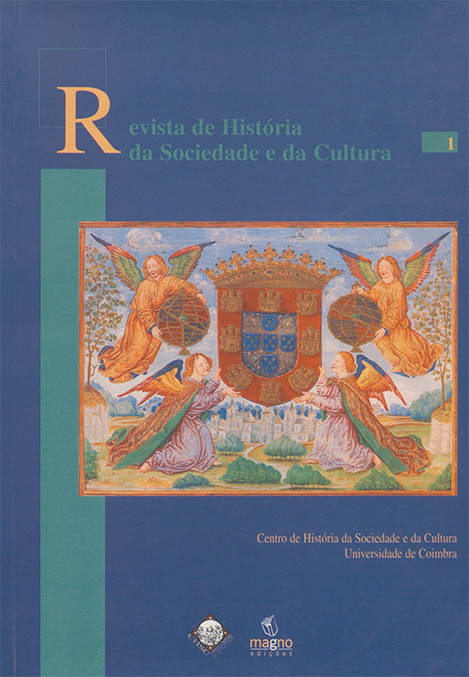Mazagão: from Marocco to the Amazon
DOI:
https://doi.org/10.14195/1645-2259_1_3Keywords:
Fort of Mazagão, Luso-Moroccan stronghold, Troops, Withdrawal, Crossing of the Atlantic, Mazagão in the Amazon, Settlement and colonization, Defense of the AmazonAbstract
For more than two centuries, the Portuguese fort of Mazagão, in southern Morocco, resisted Moorish attacks. After the loss of Ceuta to Spain in 1640 and the handover of Tangier to England in 1662 as part of D. Catarina's marriage dowry to Charles II, Mazagão became the last stronghold and symbol of Portuguese resistance, heroism, and the dream in Morocco.
From 1750 onward, the Moorish attacks intensified, reaching their peak with the great siege at the beginning of 1769. Faced with this threat, King D. José of Portugal and his minister, the Marquis of Pombal, decided to evacuate the troops and all the inhabitants, totaling 418 families and 2,069 people. They set sail for Lisbon on March 11, 1769.
This decision was not aimed at reintegrating these people into the kingdom, but at relocating them to the Amazon, where a new town was to be founded. Thus, on September 15 of the same year, the population of Mazagão embarked on their odyssey across the Atlantic. They sailed on ten ships headed for Belém do Pará, from where they would eventually be taken to the left bank of the Amazon River (over the next 10 years, as their houses were completed), where they founded New Mazagão.
The aim of this decision was to utilize the experience of the brave soldiers from the Mazagão fort and the entire population, accustomed to military actions and war scenarios, for the settlement and defense of the strategic area of Maçapá, a key point to the gateway leading to the fabulous Amazon.
Downloads
Downloads
Published
Issue
Section
License

This work is licensed under a Creative Commons Attribution 4.0 International License.
Authors retain copyright and grant the journal right of first publication with the work simultaneously licensed under a Creative Commons Attribution License that allows sharing the work with recognition of authorship and initial publication in Antropologia Portuguesa journal.











